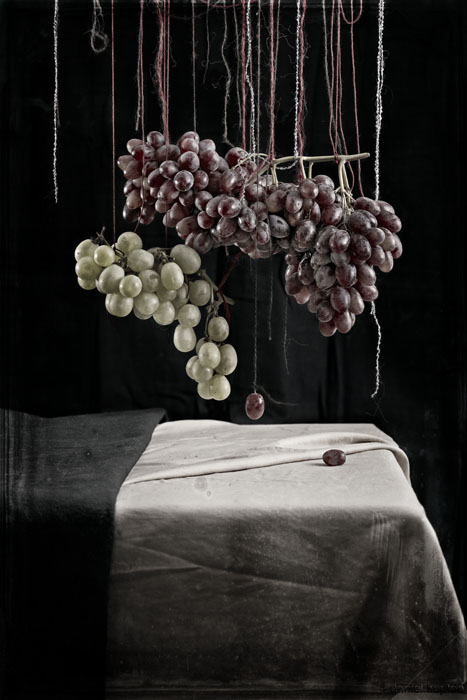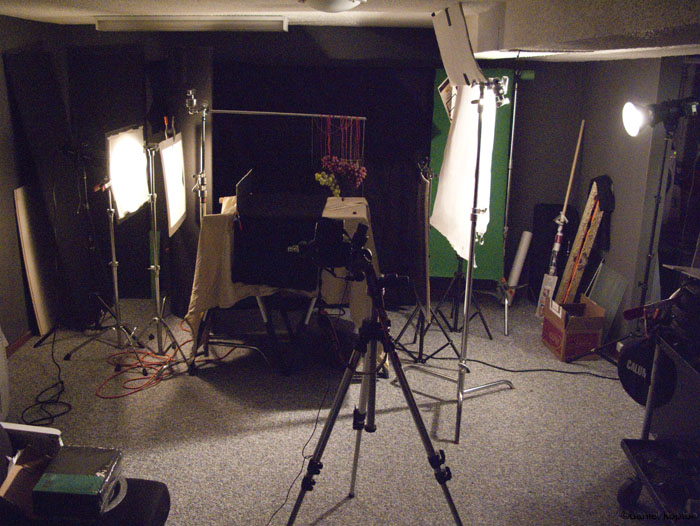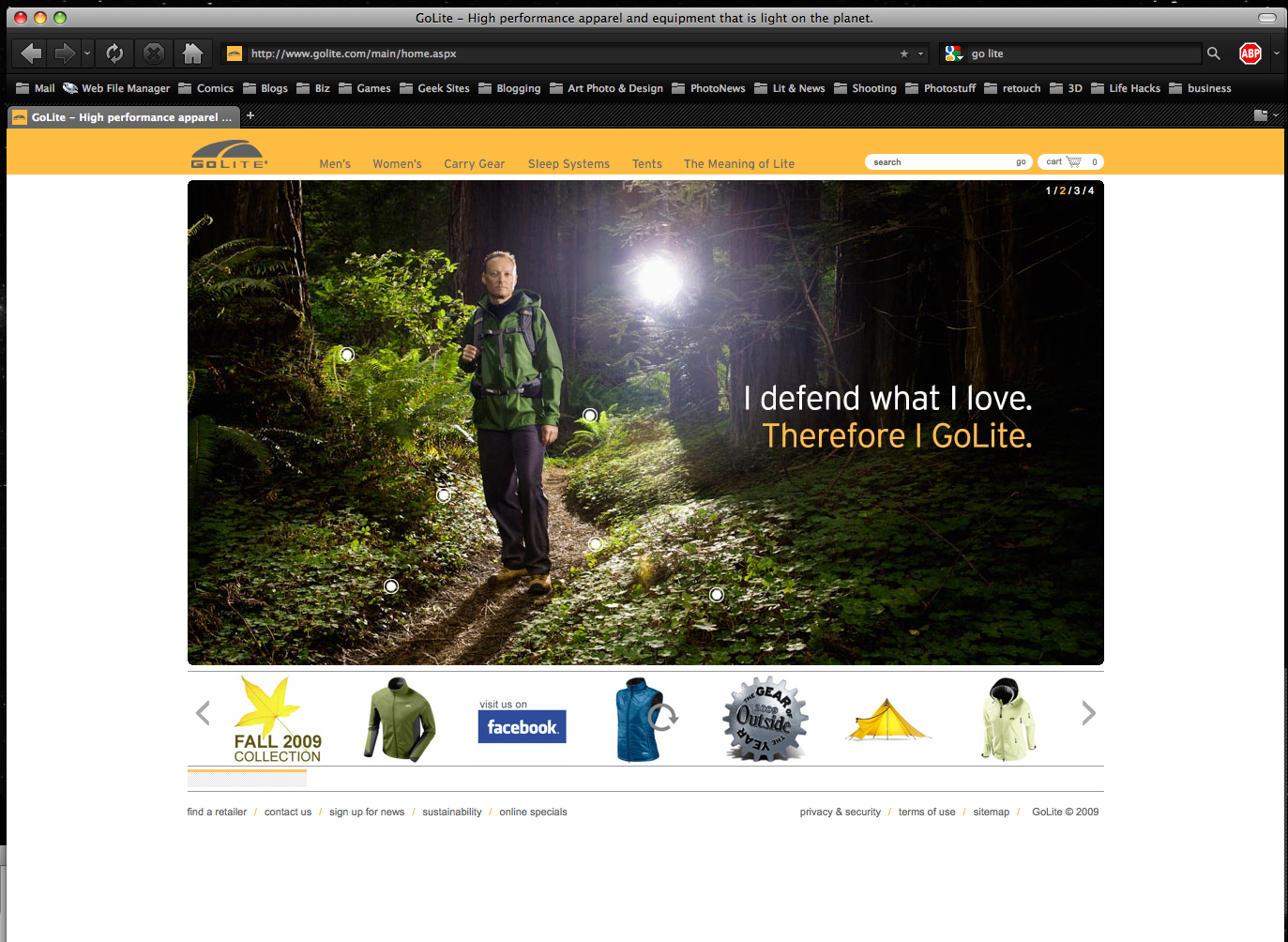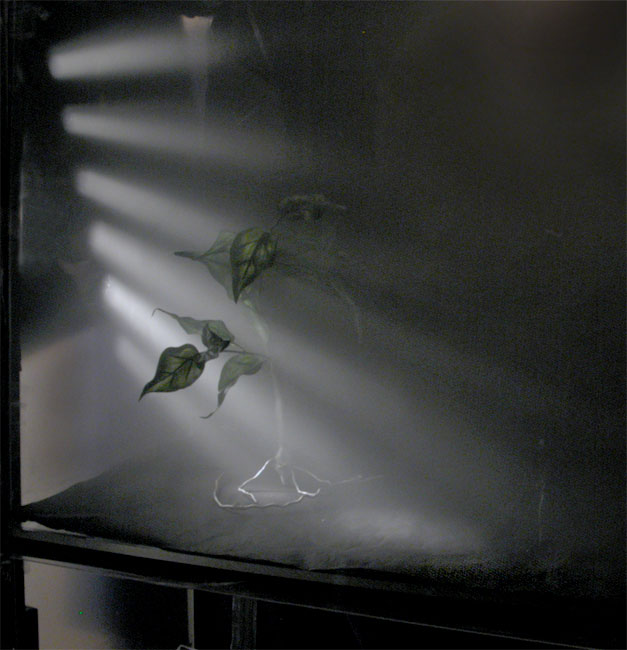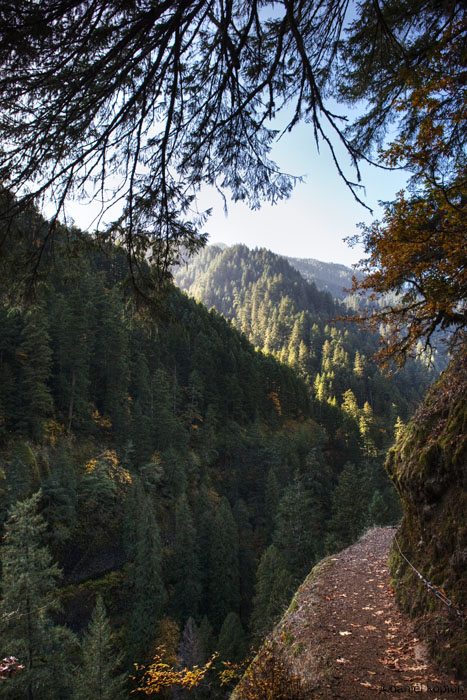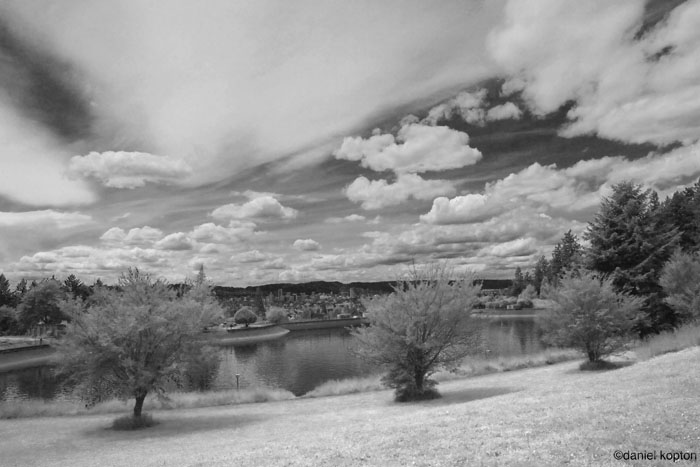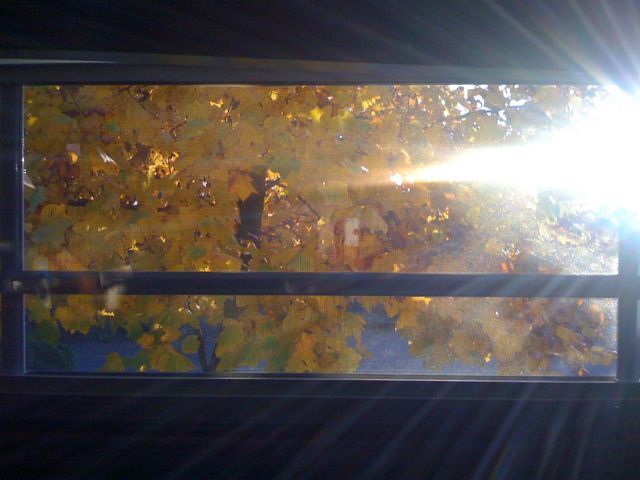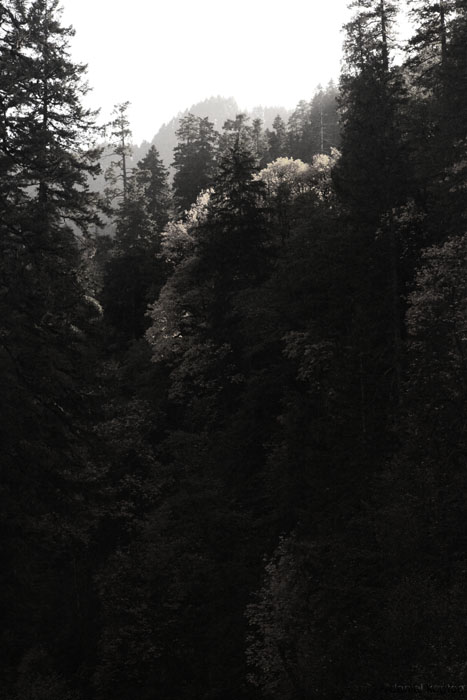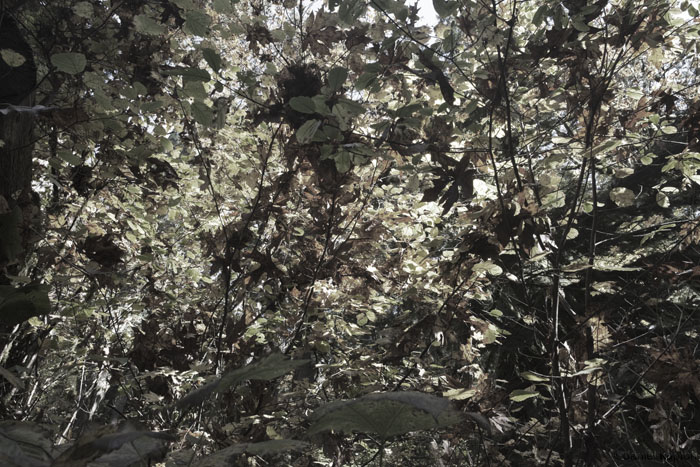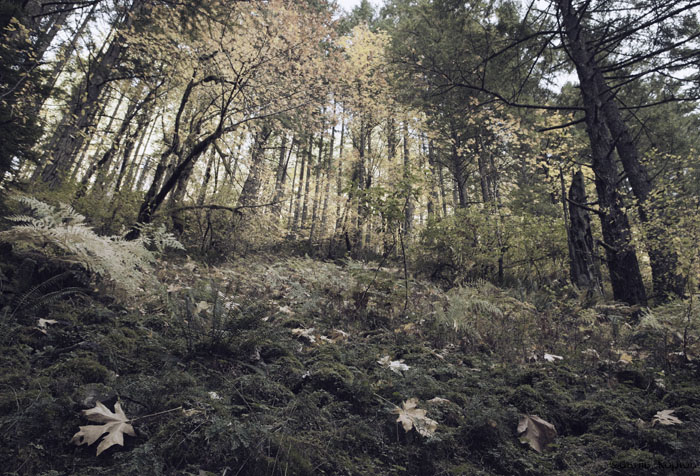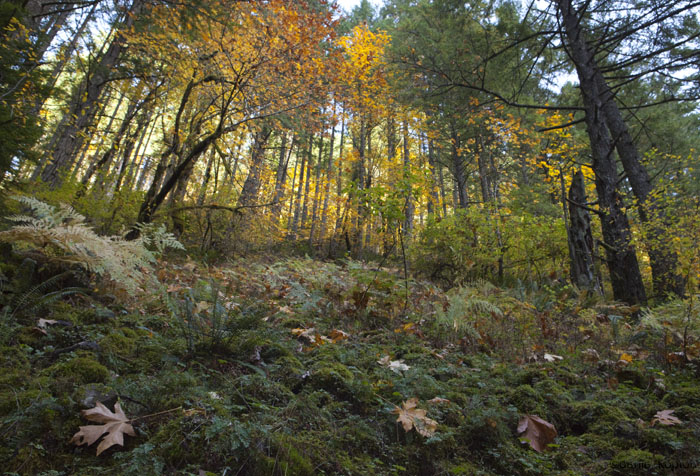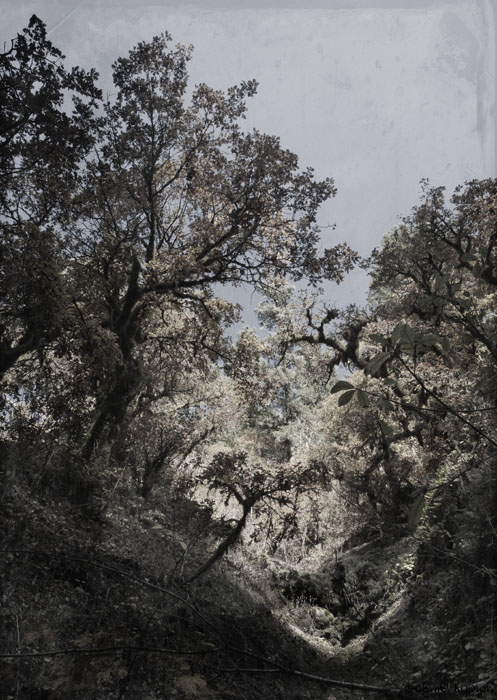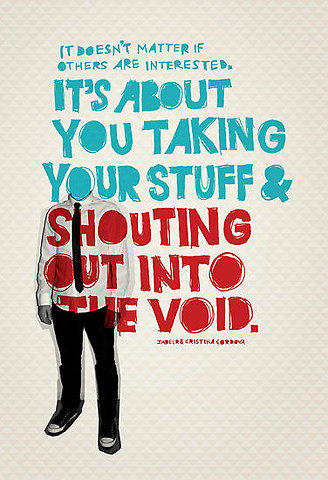Last week I was on the phone to an old friend of mine, a guy in his late forties, who was born and bred in Michigan, and is living there now. He was telling me about his uncle, who, about four decades ago, got his highschool sweetheart pregnant. So instead of going off to college, he found himself with a new wife, a child on the way, and an assembly-line job at General Motors. But even though this situation clipped his wings considerably, he still ended up having a nice life in the end, with a home, a big yard, two cars, a steady paycheck, weekends fishing or hunting deer, and vacations in Hawaii every year or so. “The days where a blue collar guy like my uncle could have a nice life without doing much,” my friend said, “those days are gone. Gone forever.”
And in the back of my mind, I’m thinking the same is starting to happen to white collar guys more and more, as well. But it’s not quite out in the open yet. Society’s not quite ready to have that conversation.
Interesting Read over at Gaping Void.
